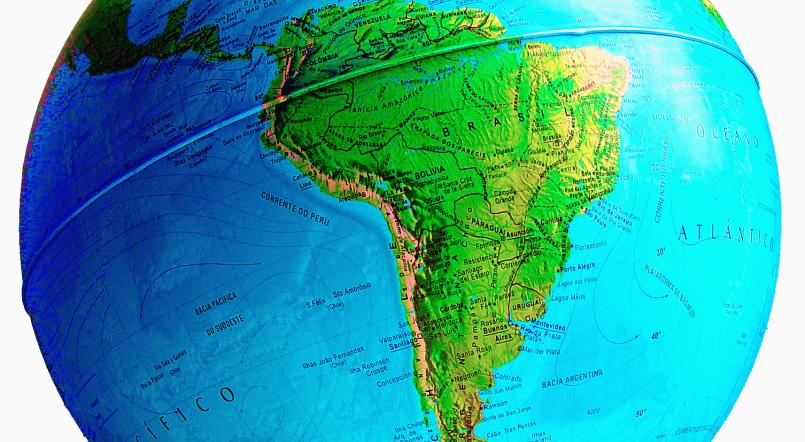The relationship between Asia and Latin America dates back to 1565 when the ocean passage was first discovered. Spanish trading ships – known as the Manila Galleon – would sail up to twice a year across the Pacific Ocean between Manila in the Philippines and Acapulco in Mexico. The trade continued until 1815 when the Mexican War of Independence put a stop to the galleon route. Such trade brought with it spices, ivory, lacquered wood and other valuable products that were deemed highly expensive in the 16th Century.
Migration
Apart from trade relations, the opposite ends of the world also experienced much migration, especially from Asia to Latin America. For example, in 1810 some 400 Chinese workers migrated to Brazil to work in the nation’s tea growing industry. Meanwhile, on the other end of the globe, Japan was witnessing the end of feudalism, which resulted in mass poverty amongst its rural population. Japanese workers, too, began to emigrate Eastwards in search of better living conditions. And, in 1907, the governments of Japan and Brazil signed a treaty permitting Japanese migration to the South American nation. In the first seven years, 3,434 Japanese families (14,983 people) arrived in Brazil. The beginning of World War I (1914) started a boom in Japanese migration to Brazil, where between 1917 and 1940 over 164,000 Japanese migrated to the Latin American country – 75% of them going to São Paulo, where the majority of the nation’s coffee plantations were located. Indeed, most of today’s Japanese-Brazilians belong to a third generation (Sansei) of immigrants, who make up 41.33% of the nation’s Japanese community.
Changing times
Recent data shows that the Asia Pacific has become a very important trading partner for Latin America. Brazil, in particular, has witnessed strong growth of late and has become an attractive investment destination for corporations of all shapes and sizes. In fact, Brazil has been the largest recipient of foreign direct investment in Latin America with the US being its main investor. However, challenges remain. And, despite its healthy investment environment, Brazil must further modify such areas as its tax and local content laws in order to become more attractive to foreign investors.
From vehicles manufactured in China to growing popularity of global brands such as Huawei, the fast growing Brazilian middle class is ready to spend on good quality, low-price products.
A growing hub
Today, Brazil’s population stands at over 190 million, with over 80% of the population defined as urban. Of much significance, there is a huge income disparity in Brazil, resulting in diverse living standards across the country. Yet, as the nation’s cities begin to witness greater migratory movements, huge opportunities for businesses exist. A mandate by the former President Luiz Inacio Lula da Silva (2003-2011) managed to lift 30 million people out of poverty, who are today dubbed as class C citizens of Brazil. These citizens have been able to open bank accounts, get loans, pay for goods in installments, and much more. The C-class in Brazil represents a good growth market for Asian companies. From vehicles manufactured in China to growing popularity of global brands such as Huawei, the fast growing Brazilian middle class is ready to spend on good quality, low-price products. As Asian companies look to expand into Latin America, Brazil undoubtedly is the best door into this market, bordering all other South American states except Ecuador and Chile.
Cultural challenges
A foremost challenge facing Asian companies that set up shop in Brazil is that of cultural integration, as many differences exist such as the view of work-life balance. For example, Brazilian workers work around eight hours a day, Monday to Friday, and spend more time with their families. In addition, it is very unusual for them work on Saturday mornings, unlike their Asian counterparts. In their workplace, Brazilians seek to establish informal relationships with colleagues and superiors. This leads to rather flat organisations with little control mechanisms, which is very different from how Asian companies operate. For example, Chinese companies are more hierarchical, with strong control mechanisms and significant pressure for results. The clash of these two opposing styles often escalates from a lack of confidence among Asian leaders on how best to motivate Brazilian employees. Therefore, an Asian investor coming to Brazil must understand that the locals are very proud of their culture, language and nation. Brazil has much to offer Asian companies. And, as more companies head from the East to the Americas, the Manila Galleon will once again rise as a foremost trend across the Pacific.


